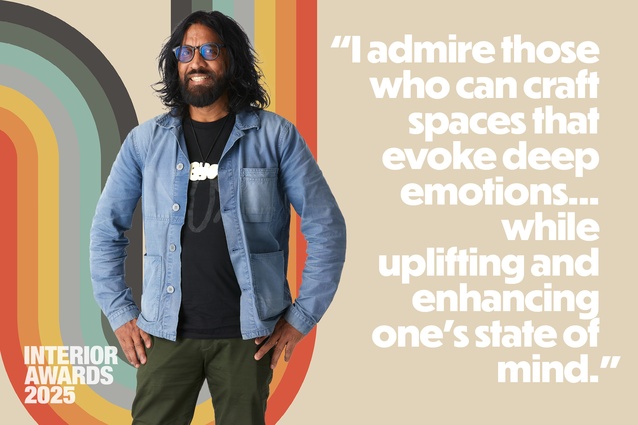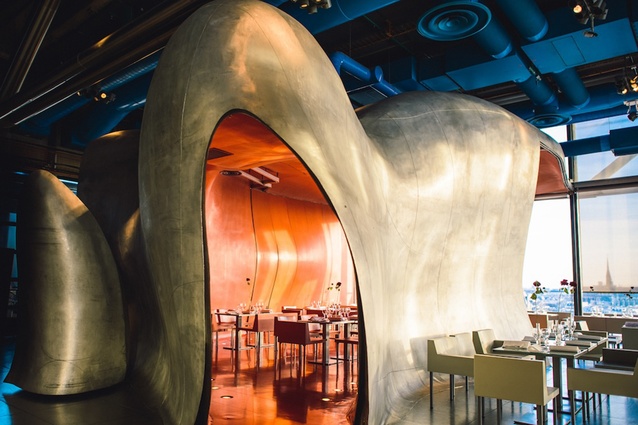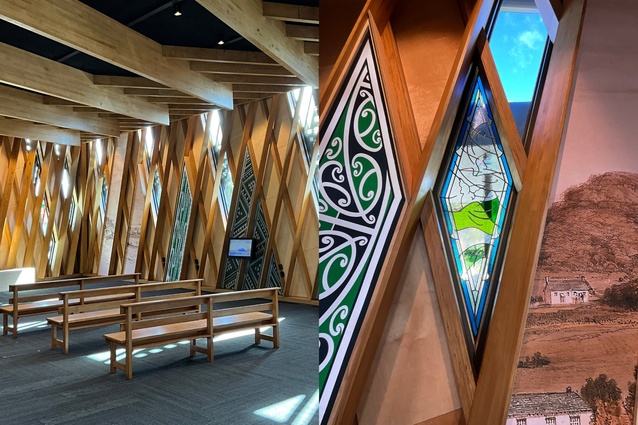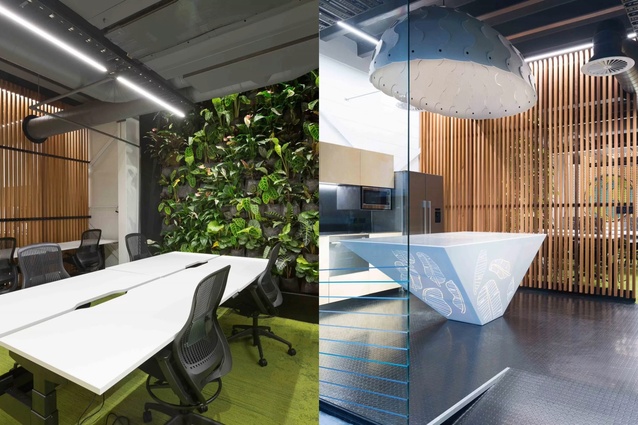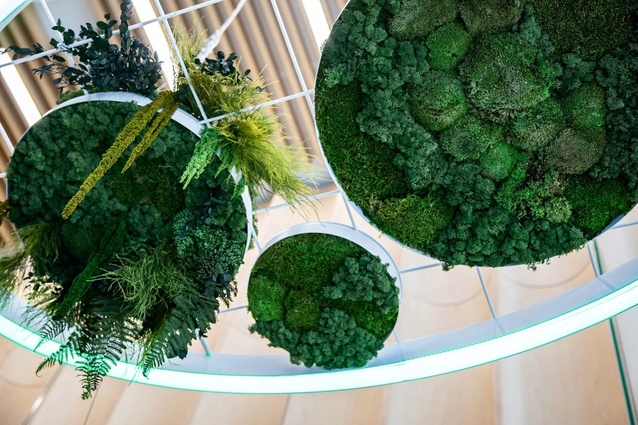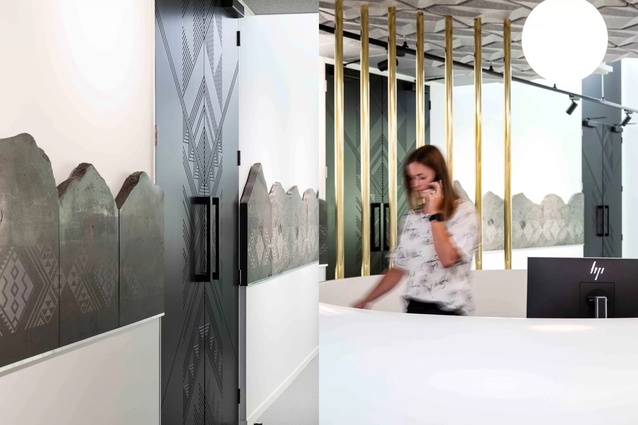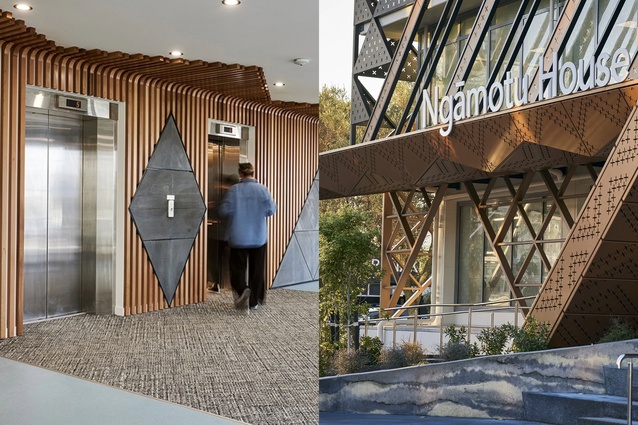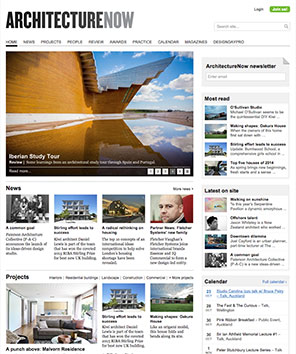Meet the 2025 Interior Awards jury: Murali Bhaskar
Murali Bhaskar is a director at Boon in Ngāmotu New Plymouth. With more than 30 years experience in master-planning, community, cultural, urban design and residential typologies, he has also worked on both tourism and education projects.
Originally hailing from Kerala in South India, Murali has actively developed his understanding of ngā tikanga o Taranaki and engaged with local iwi and hapū in his work. He has been a judge on numerous design panels in Aotearoa and looks to blur the boundaries between media, interpretation, art, design and architecture in his own work.
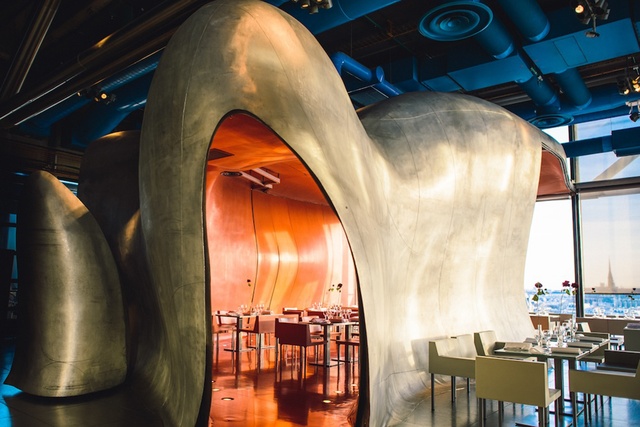
What’s one of your favourite interior spaces (either here in Aotearoa or overseas) that’s inspired you or your design thinking?
Murali Bhaskar (MB): It’s a few years old now but the interior fit-out of the rooftop Le Georges restaurant in the Pompidou Centre, Paris has been a firm favourite of mine. Designed by Brendan McFarlane (Aotearoa) and Dominique Jakob, it embodies a surreal fantasy, playfulness and innovation. The very sight of the interior creates delight and sits comfortably within Renzo Piano and Richard Roger’s work on the Pompidou Centre. The forms are sculptural, colourful and functional, creating cocoons within the rooftop space for diners to sit and dine. The fitout sits lightly on the eye and makes a playful reference to the Pompidou Centre, providing context. Colours were a combination of jade green toilets, yellow bar and grey kitchen.
In Aotearoa, I particularly admire the interior of Te Whare Hononga in Ngāmotu, completed last year by Hugh Tennent of Tennent Brown Architects. It’s a visitor centre and education/exhibition space that promotes understanding and reconciliation. Visitors are drawn to discover the history of the region in the purpose-built space. The interior boasts warm textures, patterning and structural geometry and speaks about the history of two peoples; Tāngata Whenua and Pākehā and the intention of reconciliation. The cultural references of a kete, a kono or food basket and the waharua kopito taniko patterning are beautifully woven into the fabric of the interior.
Who do you admire within the interior design industry and why?
MB: I admire those who can craft spaces that evoke deep emotions – surprise, delight, joy and curiosity — while uplifting and enhancing one’s state of mind.
I have particular admiration for collaborative designers who seamlessly weave authentic cultural narratives into their work, offering users a profound sense of connection and discovery. Those who, through the spaces they create, illuminate untold stories and share mātauranga (knowledge) overlooked or suppressed by colonisation, craft more than just beautiful spaces — they create experiences that educate and foster cross-cultural understanding.
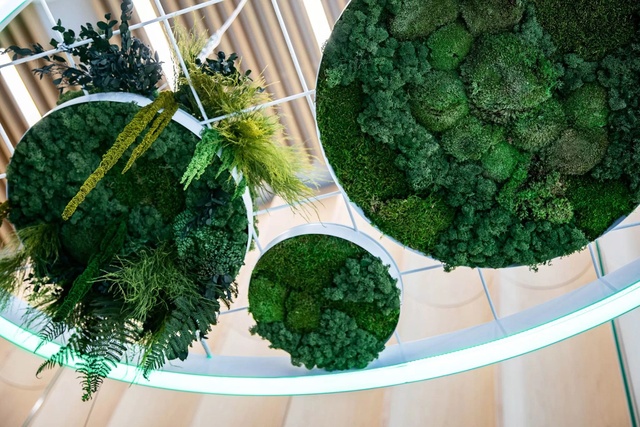
What trends do you think we might see this year?
MB: Connecting interiors with nature continues to gain momentum in Aotearoa. This includes incorporating natural elements like living walls, indoor gardens and large windows that invite natural light. There’s a growing emphasis on using reclaimed wood, recycled metals and biodegradable fabrics. Materials such as stone, natural fibre fabrics and wood are being used to create serene, restorative environments while also establishing strong connections to natural features like maunga (mountains), awa (rivers) or ngāhere (forests), fostering a deep sense of grounding to the whenua (land).
We are seeing an increasing blend of cultural heritage and contemporary design. Weaving a site/project-specific cultural narrative into the design is increasingly valued. Aotearoa’s unique blend of environmental consciousness and connection to nature, innovative design and a growing sense of acknowledgement of the first people of Aotearoa is creating a new design identity that reflects the aspirations of mana whenua and incorporates Māori design principles in the built environment.
Every client seems to be looking out for flexibility. With the rise of remote work, there’s a focus on creating adaptable areas that can serve multiple purposes. This might involve home offices that double as guest rooms or living spaces that cater to both relaxation and entertaining. Furniture that can easily transform or be reconfigured is in high demand.
Warm tones are dominating colour palettes, complemented by textured walls and retro patterns. These elements create a cosy yet modern vibe.
Click here for more on the Interior Awards and here to submit your projects to the 2025 Interior Awards before Wednesday 30 April.


